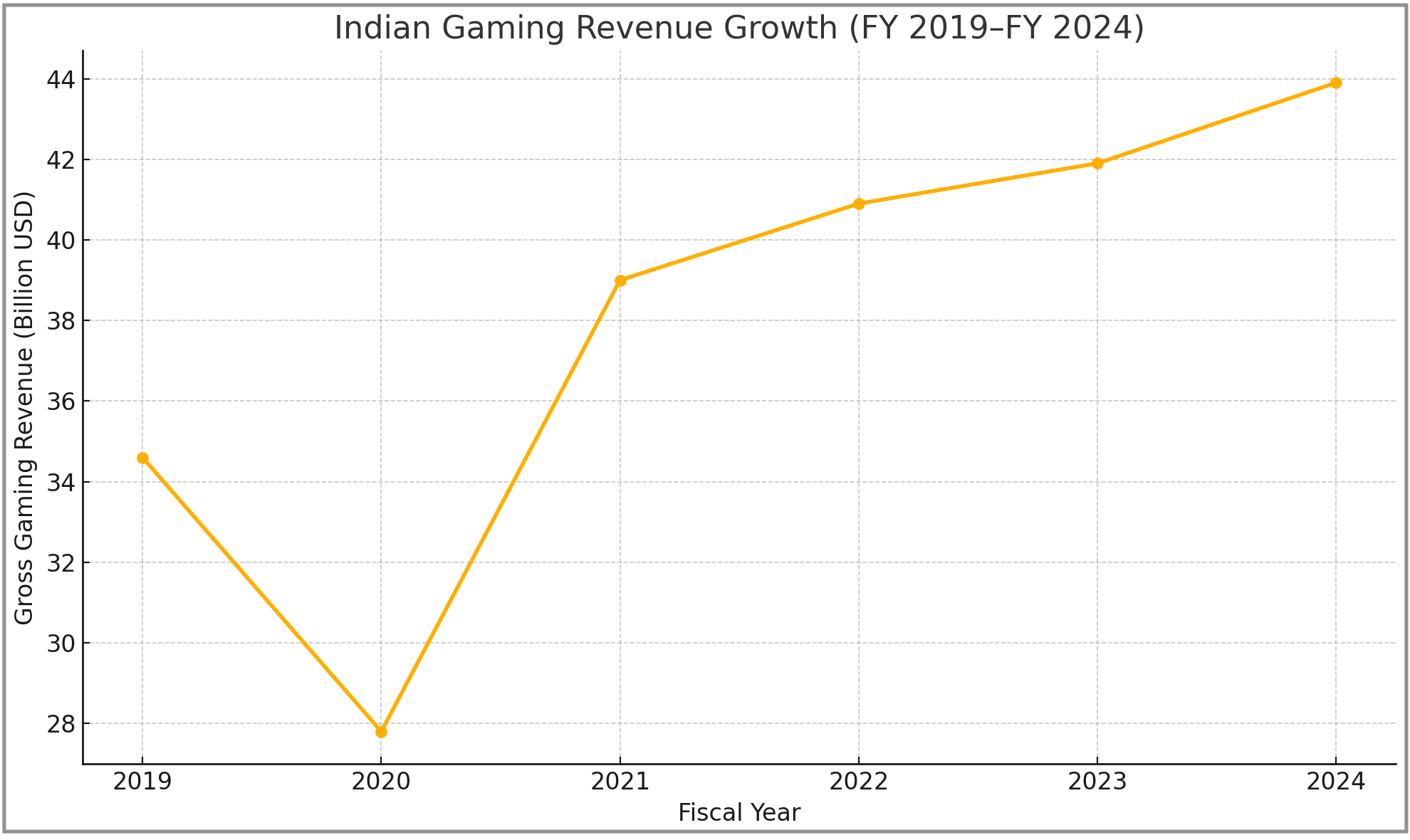
- Details
- By Tribal Business News Staff
- Gaming
Tribal gaming operations generated $43.9 billion in gaming revenue during fiscal year 2024, marking the fourth consecutive year of record-breaking performance and representing a $2 billion increase over the previous year's total.
The National Indian Gaming Commission reported that revenues grew 4.6% compared to the previous fiscal year, nearly double the 2.4% increase recorded in fiscal 2023. The revenue comes from 532 independently audited gaming operations owned by 243 federally recognized tribes across 29 states.
All eight NIGC administrative regions posted gains, with the Oklahoma City and Washington, D.C. regions leading growth with double-digit increases over fiscal 2023. The commission calculates gross gaming revenue (GGR) as the amount wagered minus winnings returned to players. Sacramento region operations generated the highest revenue at $12.1 billion, followed by the Washington, D.C. region at $10.2 billion. The St. Paul region recorded $5.2 billion, while Portland operations brought in $4.7 billion.
“This year's GGR reflects not only the resilience of the tribal gaming industry, but also the dedication of tribal leadership in preserving and growing this important economic driver for their communities,” NIGC Acting Chairwoman Sharon Avery said.
 Tribal gaming revenues plummeted to $27.8 billion in fiscal 2020 due to pandemic-related closures but have since surged to record levels, growing 58% over four years to reach $43.9 billion in fiscal 2024. (Source: NIGC 2024 Gaming Report)
Tribal gaming revenues plummeted to $27.8 billion in fiscal 2020 due to pandemic-related closures but have since surged to record levels, growing 58% over four years to reach $43.9 billion in fiscal 2024. (Source: NIGC 2024 Gaming Report)
The revenue distribution in fiscal 2024 shows a concentrated market structure. Operations generating more than $250 million annually — about 9% of all facilities — accounted for 55% of total revenue. Meanwhile, just over 54% of tribal gaming facilities reported less than $25 million in revenues and represented about 5% of the total revenue share.
“These revenue numbers demonstrate the positive impacts of tribal gaming and the essential role it plays supporting tribal sovereignty, job growth, infrastructure, education, and important social, health, and welfare programs in tribal communities,” NIGC Vice Chair Jeannie Hovland said in a statement.
The Indian gaming industry has rebounded strongly since the COVID-19 pandemic dropped revenues to $27.8 billion in fiscal 2020. Revenues have grown 58% over the past four years, establishing four consecutive years of record-breaking performance.
In the report, the NIGC noted that year-over-year changes by region should not be used as direct indicators of local economic conditions, as factors including new operations, expansions, renovations, closures or regulatory changes can impact regional totals.
The figures come from independently audited financial statements covering all Class II and Class III gaming operations on tribal lands. Tribes must submit these statements within 120 days after their fiscal year ends, and the commission reviews the information to compile the gross gaming revenue totals.
